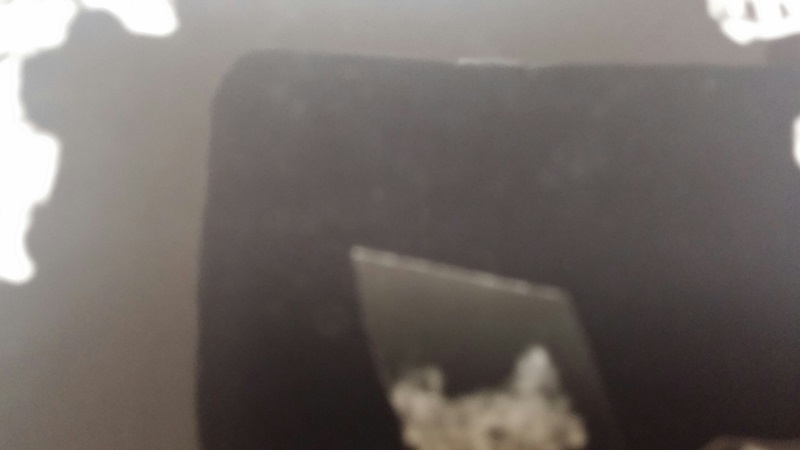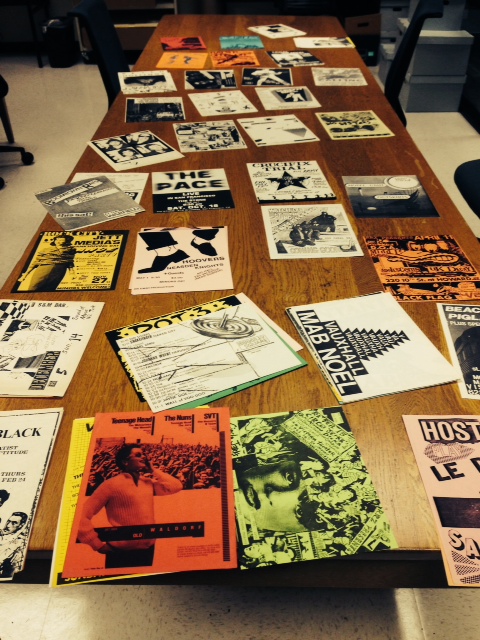Hi Everyone!
This week I started a new collection filled with over 80 citrus labels. Many of these labels are quite rare and were generously donated by Alice Oglesby. The most interesting aspect of these labels from citrus boxes is that the majority of them are from Claremont and Pomona. I am currently a senior at one of the Claremont Colleges, so I have spent quite a bit of time in the area, but I never fully realized its rich history until now. Exactly where one of my favorite restaurants is today used to be a packing house that would ship local lemons, tangerines, navel oranges, ruby red grapefruits, and other citruses across the country. The citrus labels in the collection range from as early as the 1890s to the 1940s. After learning about this history, I decided to dig a little bit deeper.

The California Fruit Growers Association was established in 1893, only six years after the city of Claremont was founded. It wasn’t until 1909 when the Packing House was built. The Packing House became more than just a place for shipping of fruit. It became somewhat of a town center, selling other items useful for the citrus growers. The height of business in Claremont was between the 1920s and the 1950s. By 1972, the production halted and the building was sold.
![ClaremontPackingHouse_SallyEgan[1].jpg](https://cceps-blog.library.claremont.edu/wp-content/uploads/sites/2/2020/07/ClaremontPackingHouse_SallyEgan5B15D.jpg)
The Claremont Packing House today
I have loved working on this collection. Through looking through the citrus labels, I have been able to see beautiful artistic renditions of what Claremont used to look like about 100 years ago. I feel as though I have gotten to know the city I have been living in for the past 3 years so much better.
Phoebe
Information found on: http://claremontpackinghouse.com/history.htm
 (Disclaimer: I recognize this photo is a little fuzzy, but in order to stay on the right side of copyright law, I need to make sure that none of the text in the image is identifiable! Still, it’s clear enough to provide an interesting example.) If you examine this image closely, you can see multiple layers of images that have been cut out and glued, one on top of another. This is what an actual “photoshop” job looked like back then!
(Disclaimer: I recognize this photo is a little fuzzy, but in order to stay on the right side of copyright law, I need to make sure that none of the text in the image is identifiable! Still, it’s clear enough to provide an interesting example.) If you examine this image closely, you can see multiple layers of images that have been cut out and glued, one on top of another. This is what an actual “photoshop” job looked like back then!